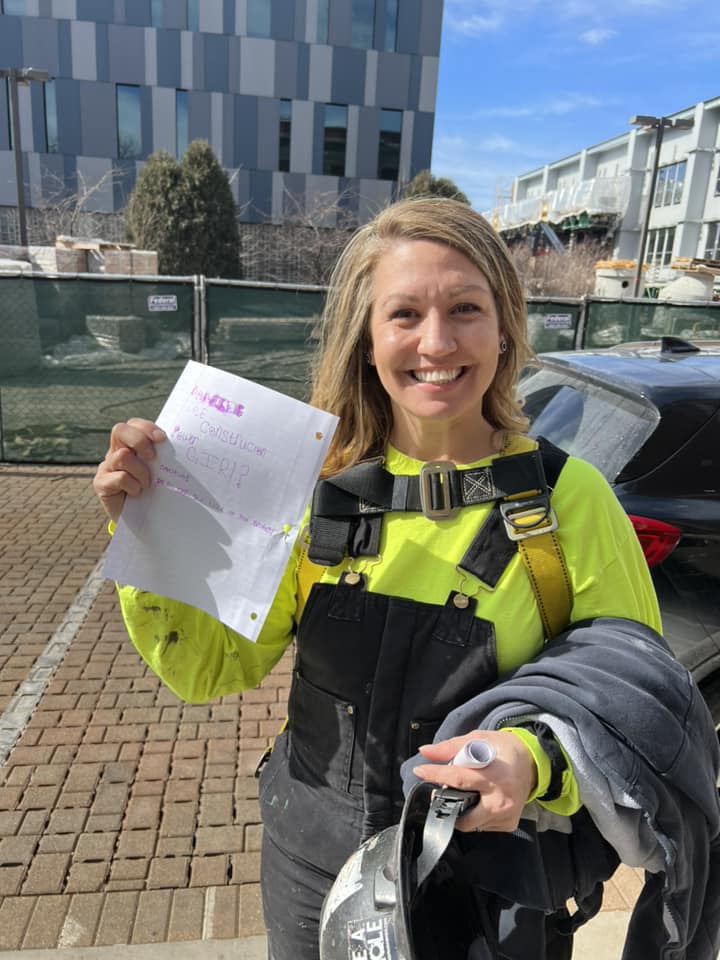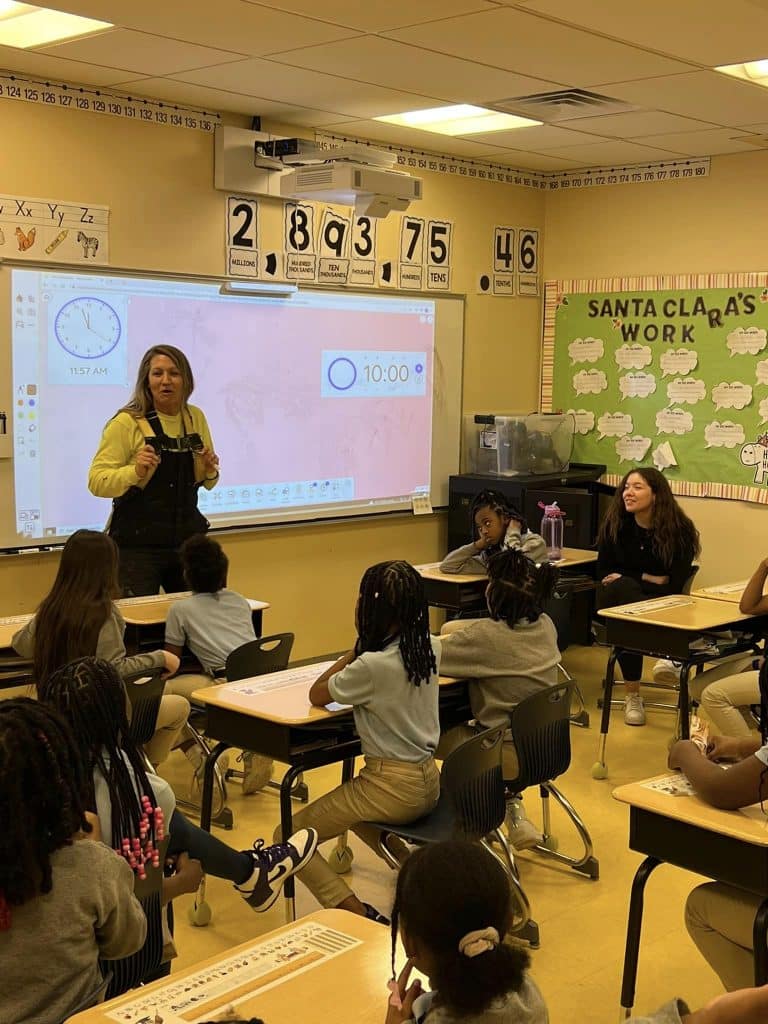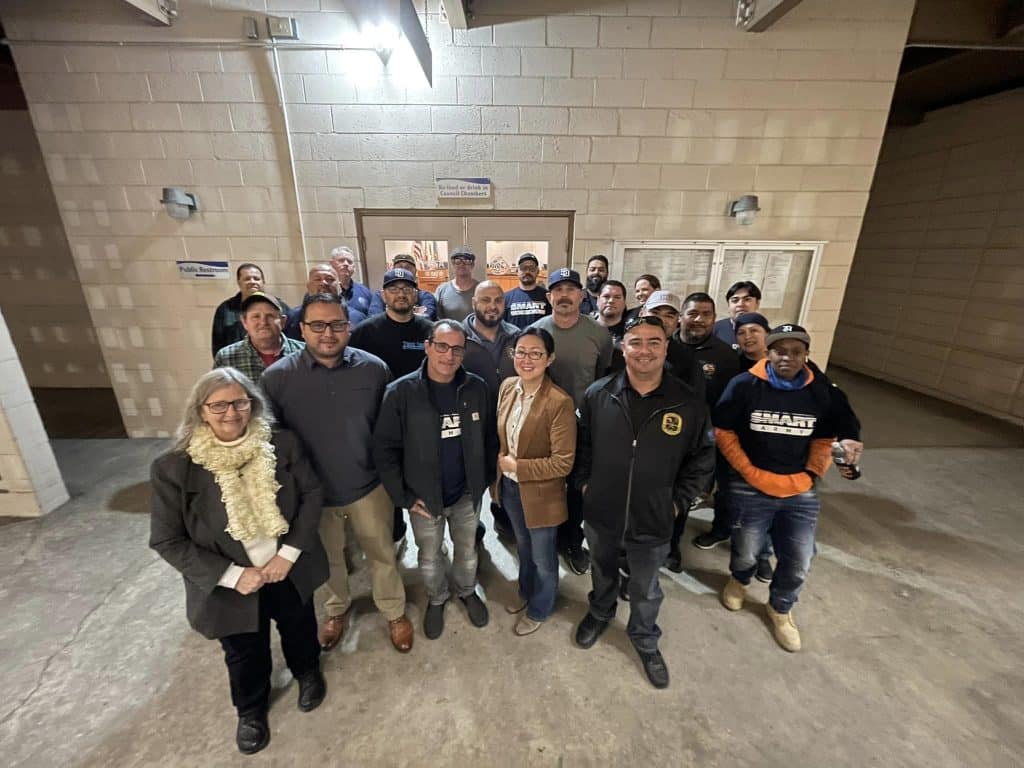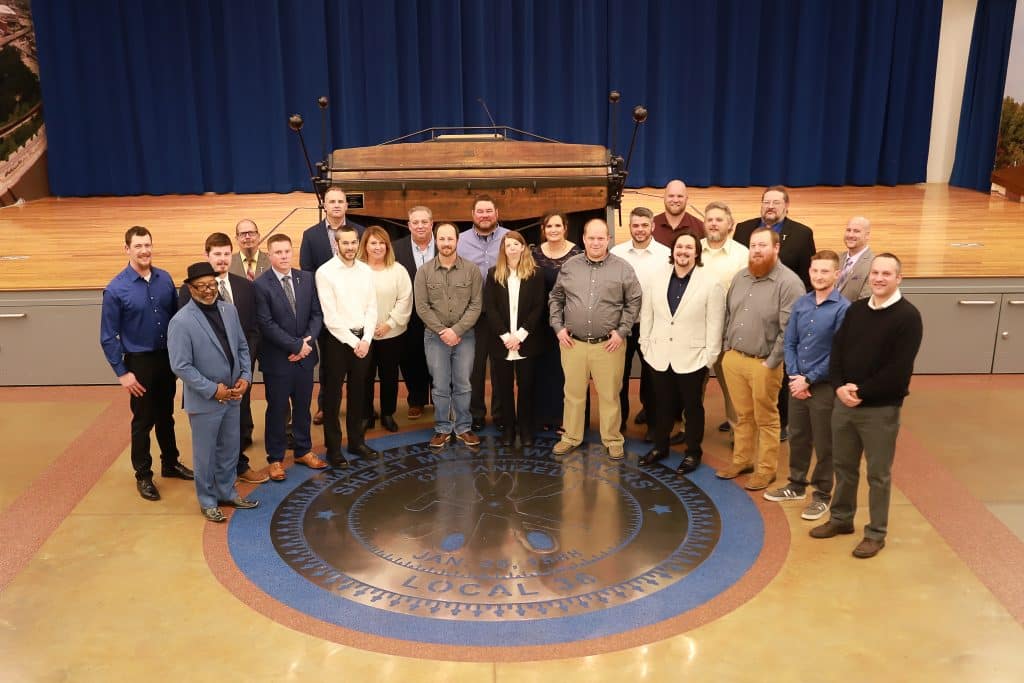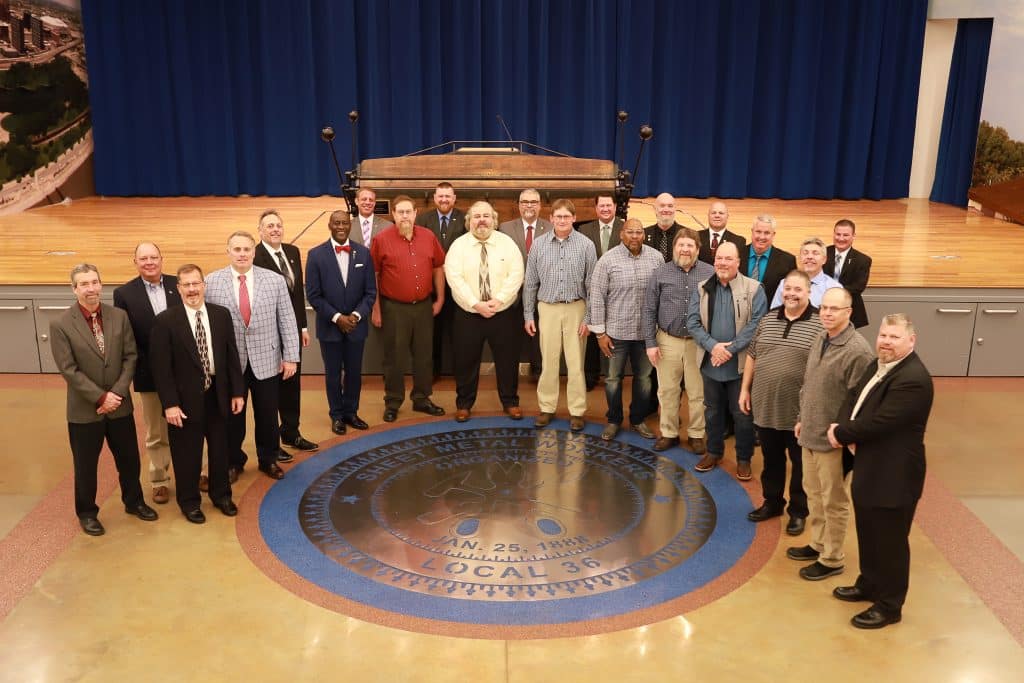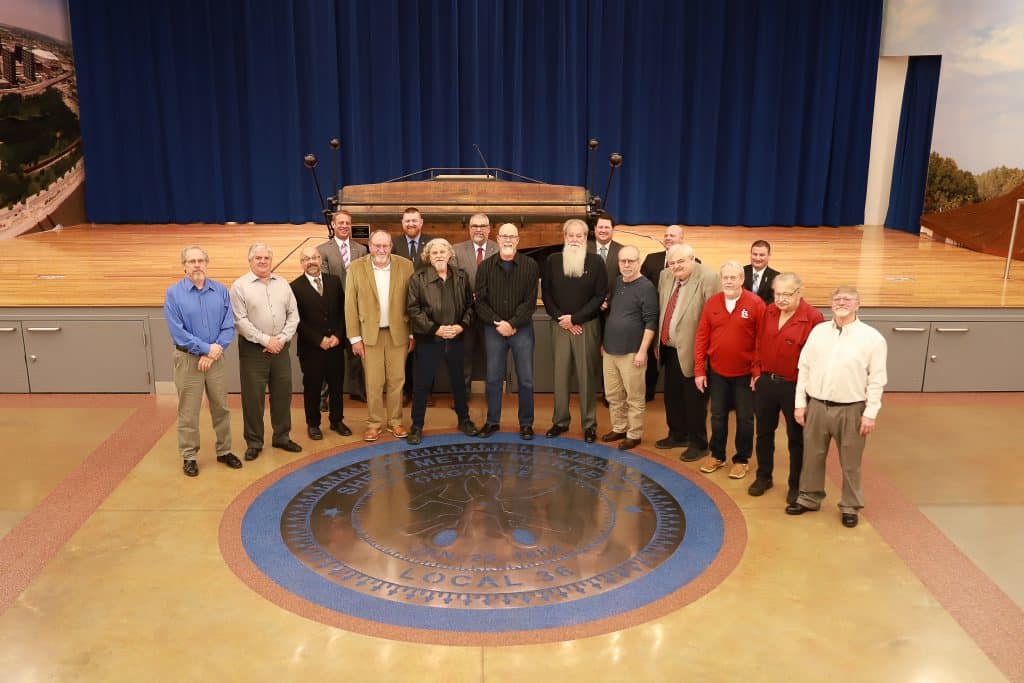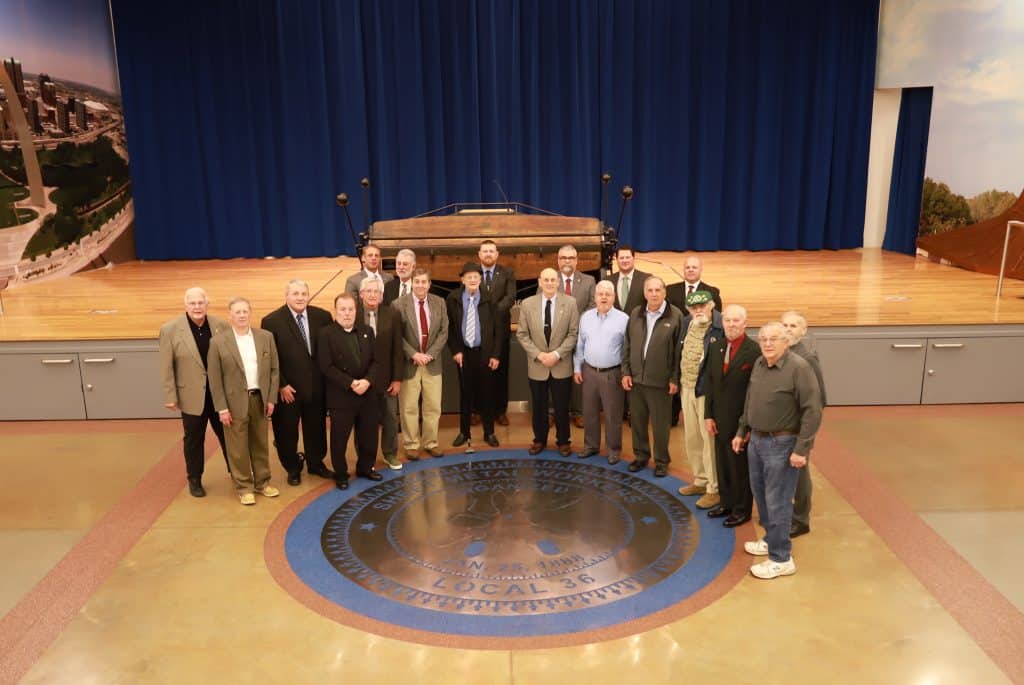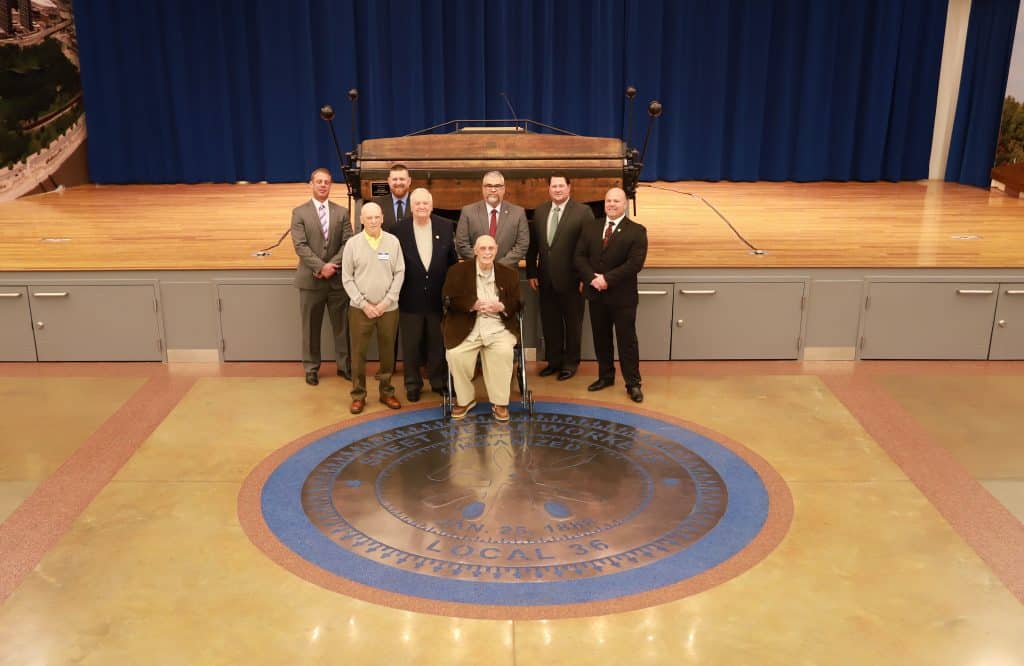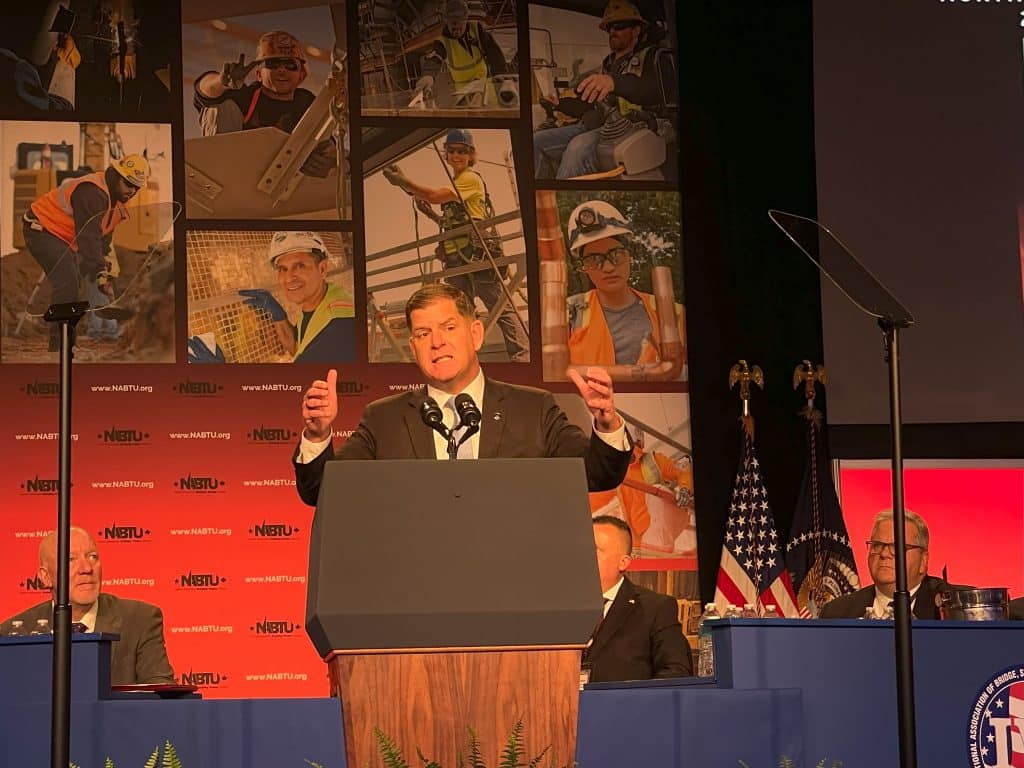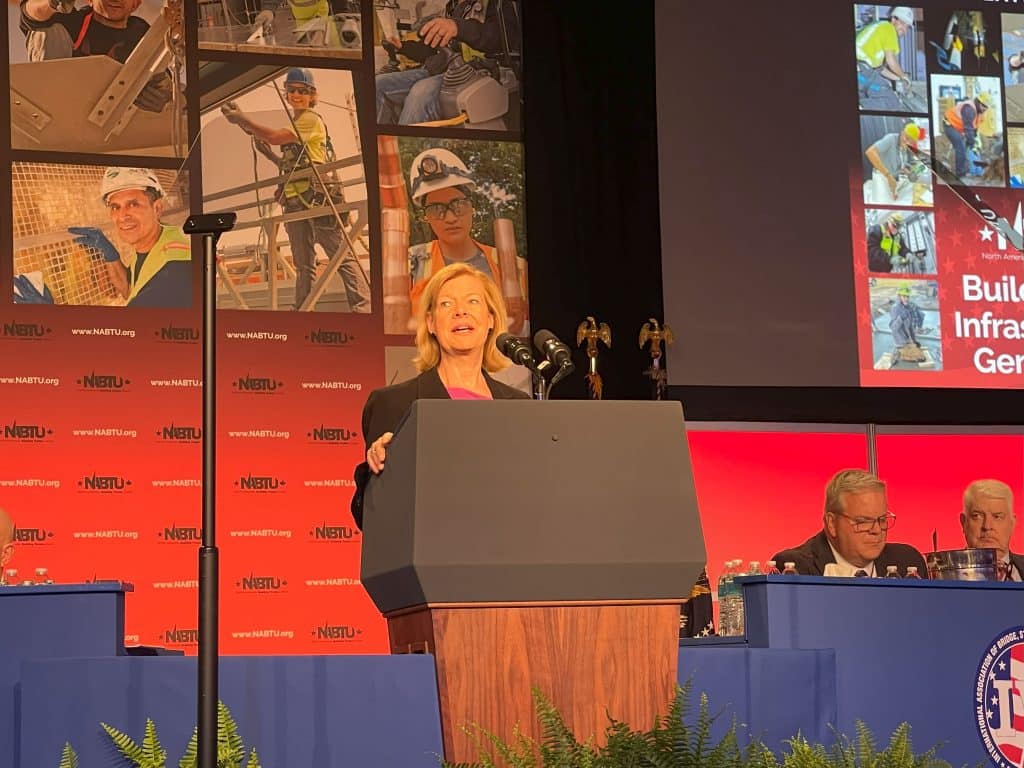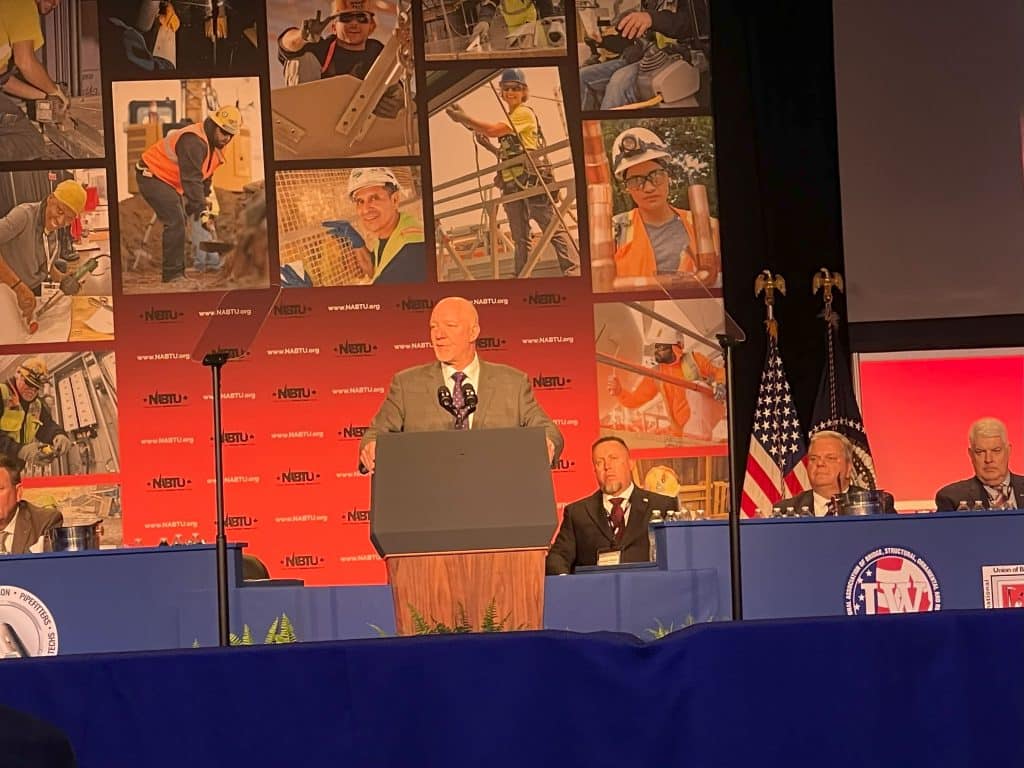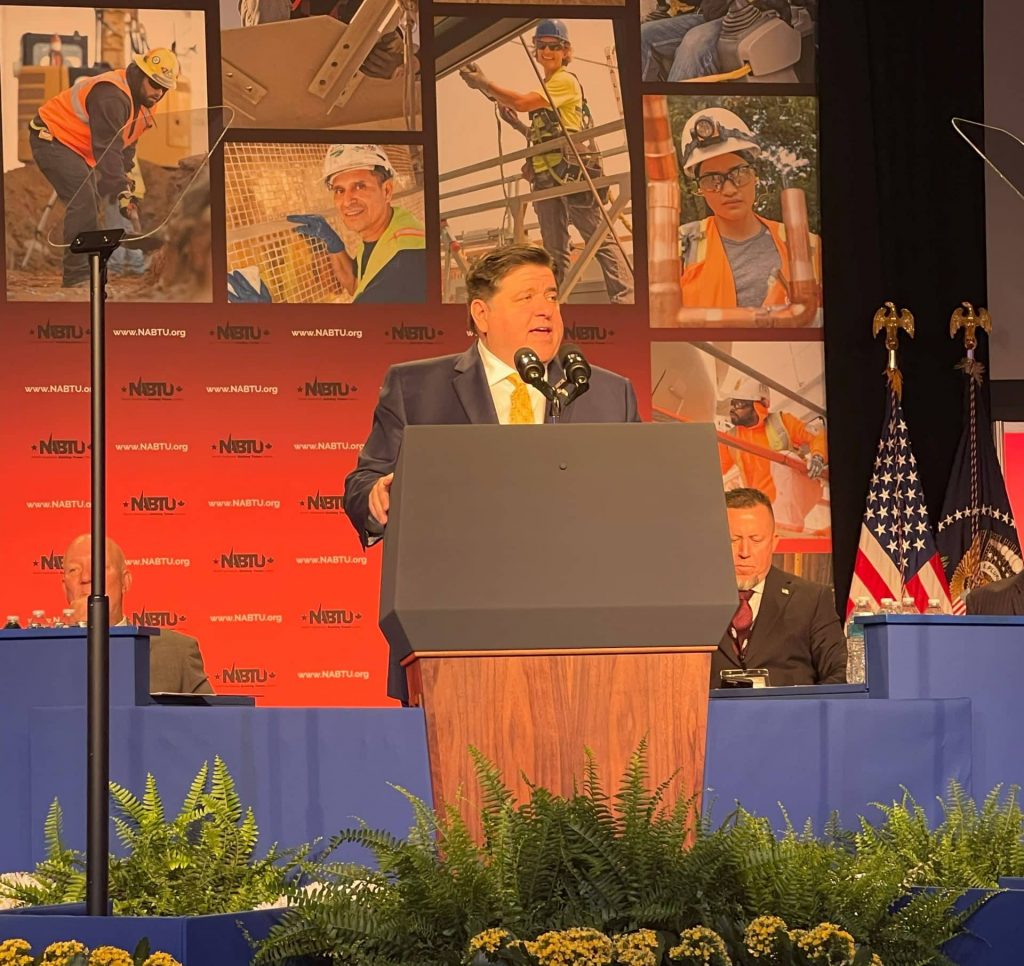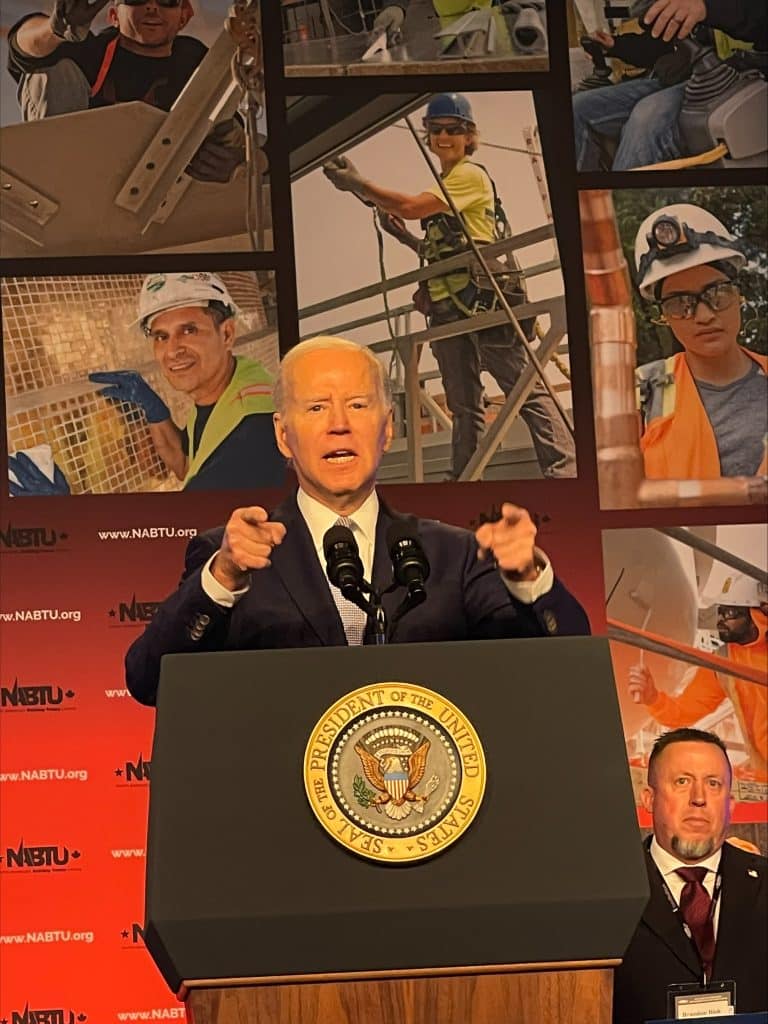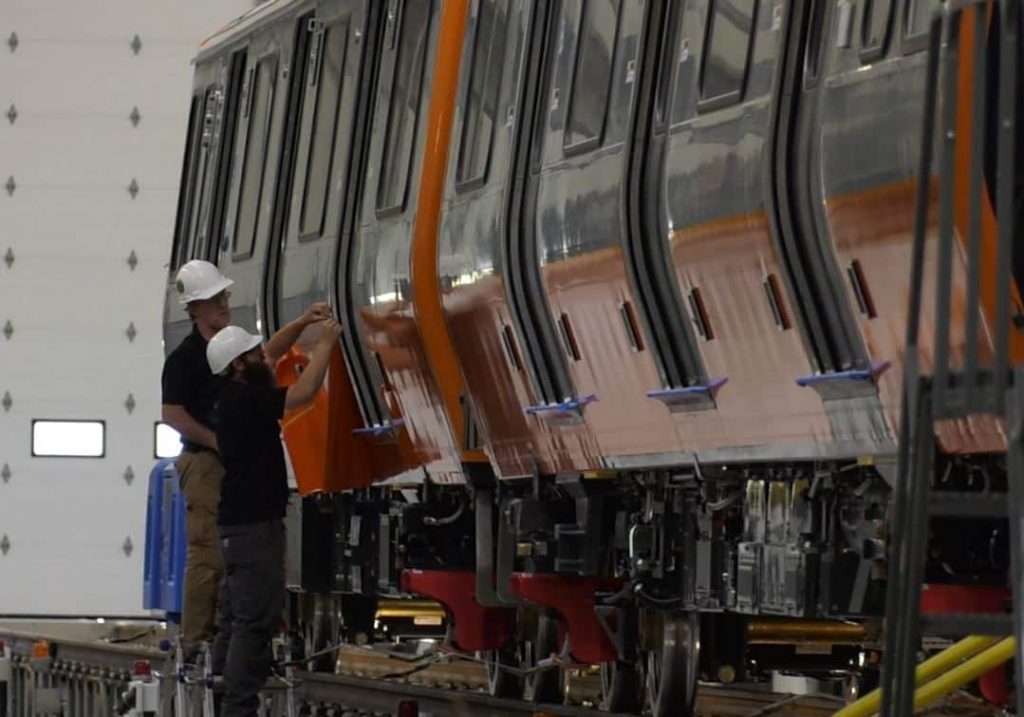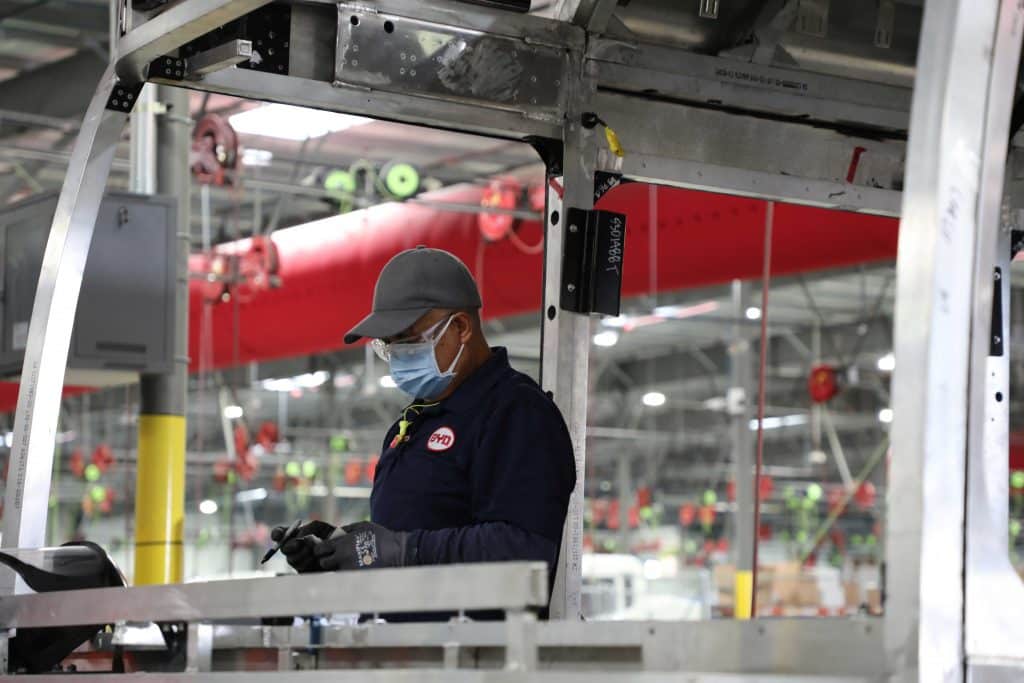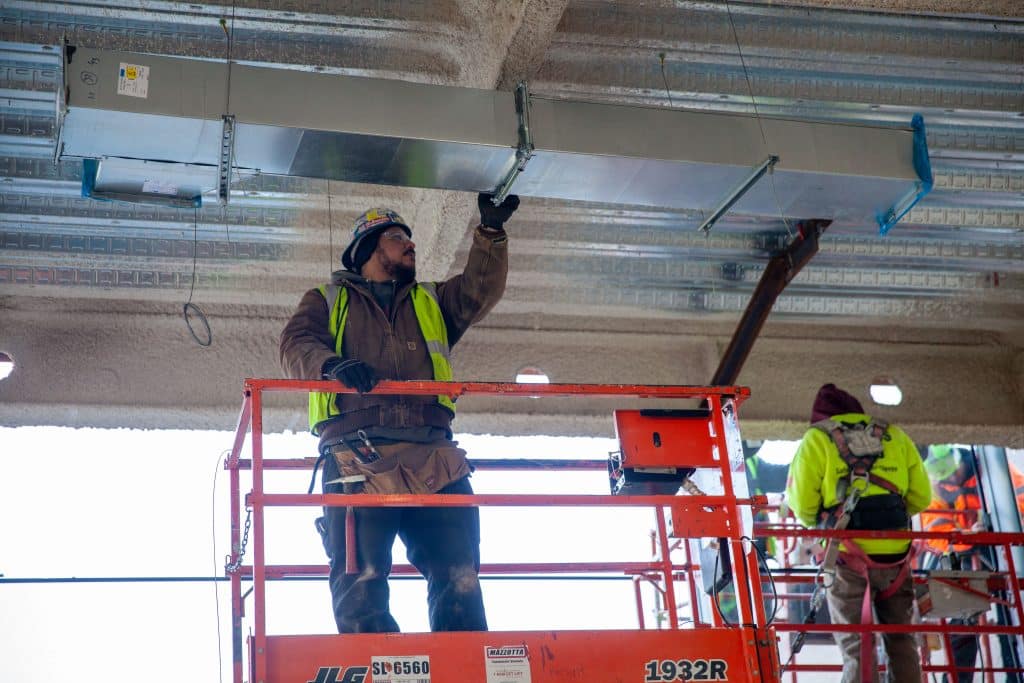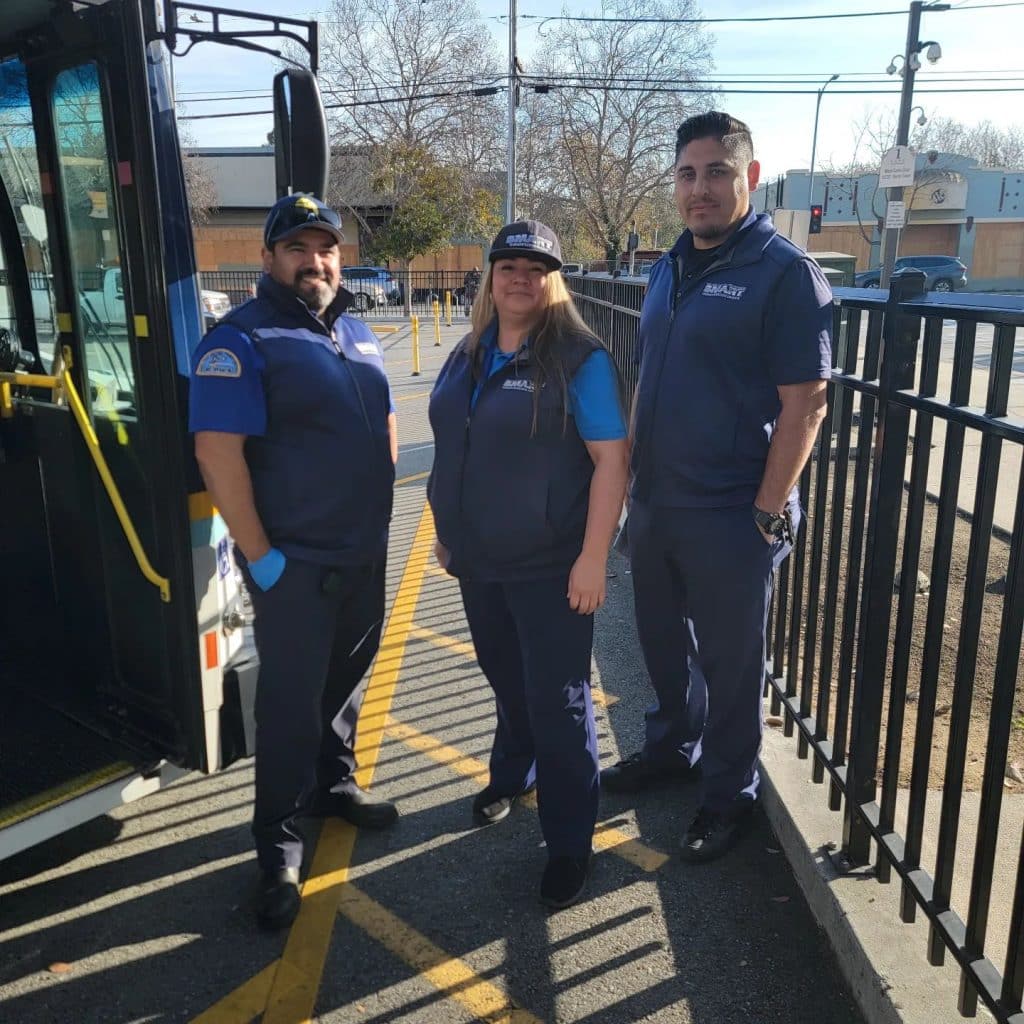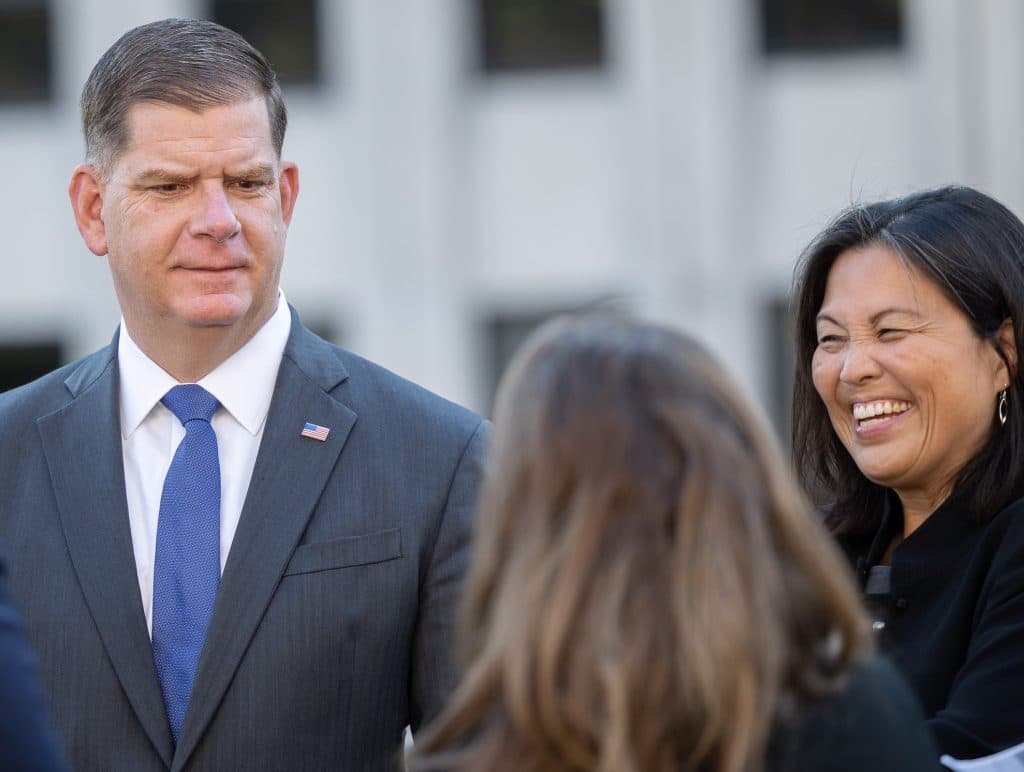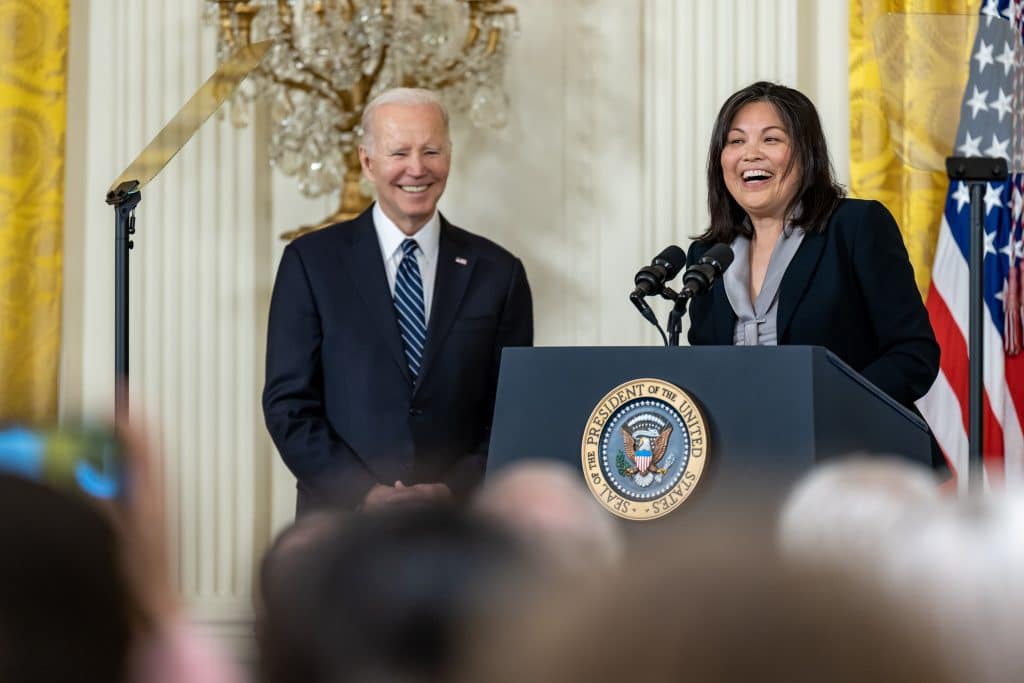| Henry | F. | Boehm | Jr | St. Louis | 70 Years of Good Standing |
| Lester | F. | Devereux | | St. Louis | 70 Years of Good Standing |
| Norman | F. | Dumey | | St. Louis | 70 Years of Good Standing |
| Vernon | G. | Kraemer | | St. Louis | 70 Years of Good Standing |
| Richard | F | Sambo | | St. Louis | 70 Years of Good Standing |
| Roland | J. | Sebacher | | St. Louis | 70 Years of Good Standing |
| Floyd | E. | Walker | | St. Louis | 70 Years of Good Standing |
| Jerry | L. | Couchman | | Central MO | 60 Years of Good Standing |
| Elmer | R. | Dunker | | St. Louis | 60 Years of Good Standing |
| Earl | A. | Hancock | Jr | St. Louis | 60 Years of Good Standing |
| Charles | J. | Harster | | St. Louis | 60 Years of Good Standing |
| James | O. | Haywood | | St. Louis | 60 Years of Good Standing |
| Phynis | E. | Inman | | Southwest MO | 60 Years of Good Standing |
| William | L. | Jenkins | Sr | Southwest MO | 60 Years of Good Standing |
| Robert | R. | Knight | Sr | St. Louis | 60 Years of Good Standing |
| Thomas | G. | Neu | | St. Louis | 60 Years of Good Standing |
| Joseph | W. | Pruitt | | St. Louis | 60 Years of Good Standing |
| D’Arthur | | Ridens | | Arkansas | 60 Years of Good Standing |
| Rolland | A. | Roussin | | St. Louis | 60 Years of Good Standing |
| Thomas | G. | Allison | | St. Louis | 50 Years of Good Standing |
| Daniel | A. | Andrews | | St. Louis | 50 Years of Good Standing |
| Gerald | A. | Basile | | St. Louis | 50 Years of Good Standing |
| Larry | N. | Bender | | St. Louis | 50 Years of Good Standing |
| Michael | R. | Bishop | Sr | St. Louis | 50 Years of Good Standing |
| Joe | D. | Bowman | | Southwest MO | 50 Years of Good Standing |
| Steven | C. | Brake | | Southwest MO | 50 Years of Good Standing |
| Kenneth | J. | Brewer | | Southwest MO | 50 Years of Good Standing |
| Stephen | M. | Bryan | | St. Louis | 50 Years of Good Standing |
| Rodney | A. | Buchek | | St. Louis | 50 Years of Good Standing |
| James | J. | Cain | | St. Louis | 50 Years of Good Standing |
| Gerald | D. | Cicio | | St. Louis | 50 Years of Good Standing |
| Robert | A. | Craig | | Southwest MO | 50 Years of Good Standing |
| Donald | W. | Crolley | | Arkansas | 50 Years of Good Standing |
| Robert | L. | Davis | | Central MO | 50 Years of Good Standing |
| Ronald | W. | Deneke | | St. Louis | 50 Years of Good Standing |
| Donald | G. | Elders | | St. Louis | 50 Years of Good Standing |
| Ronald | E. | Ellington | | St. Louis | 50 Years of Good Standing |
| Raymond | B. | Fletcher | | Arkansas | 50 Years of Good Standing |
| Stephen | G. | Forbes | | Southwest MO | 50 Years of Good Standing |
| Richard | M. | Gatermann | | St. Louis | 50 Years of Good Standing |
| Donald | E. | Gettinger | | St. Louis | 50 Years of Good Standing |
| Jerry | L. | Gillman | | St. Louis | 50 Years of Good Standing |
| Mark | A. | Grayson | | St. Louis | 50 Years of Good Standing |
| Virgil | L. | Grayson | | St. Louis | 50 Years of Good Standing |
| William | H. | Griese | | St. Louis | 50 Years of Good Standing |
| Milton | P. | Griffin | | St. Louis | 50 Years of Good Standing |
| John | R. | Groves | Jr | St. Louis | 50 Years of Good Standing |
| Hugh | V. | Henderson | | St. Louis | 50 Years of Good Standing |
| James | R. | Hopen | | St. Louis | 50 Years of Good Standing |
| Gilbert | W. | Horn | | St. Louis | 50 Years of Good Standing |
| Frederick | L. | Hubler | | St. Louis | 50 Years of Good Standing |
| Gerald | L. | Jackson | | St. Louis | 50 Years of Good Standing |
| Gary | D. | Jones | | Arkansas | 50 Years of Good Standing |
| Louis | L. | Kampelman | | St. Louis | 50 Years of Good Standing |
| James | T. | Kern | | St. Louis | 50 Years of Good Standing |
| Frank | E. | Kozma | | St. Louis | 50 Years of Good Standing |
| William | J. | Krasnesky | | St. Louis | 50 Years of Good Standing |
| Charles | A. | LaMar | | St. Louis | 50 Years of Good Standing |
| Raymond | J. | Lawler | | St. Louis | 50 Years of Good Standing |
| Wallis | C. | Lee | | St. Louis | 50 Years of Good Standing |
| Karl | B. | McDaniel | | Southwest MO | 50 Years of Good Standing |
| Joseph | N. | Meeka | III | St. Louis | 50 Years of Good Standing |
| Francis | A. | Meyer | | St. Louis | 50 Years of Good Standing |
| James | D. | Montague | | Central MO | 50 Years of Good Standing |
| Dennis | L. | Panagos | | St. Louis | 50 Years of Good Standing |
| Dominic | A. | Petruso | | St. Louis | 50 Years of Good Standing |
| William | E. | Pippin | | St. Louis | 50 Years of Good Standing |
| Steven | D. | Planz | | Southwest MO | 50 Years of Good Standing |
| William | J. | Price | Jr | St. Louis | 50 Years of Good Standing |
| Jerry | O | Russell | | St. Louis | 50 Years of Good Standing |
| Edward | J. | Scott | | St. Louis | 50 Years of Good Standing |
| Jack | L. | Sessions | | Arkansas | 50 Years of Good Standing |
| William | L. | Sharp | | St. Louis | 50 Years of Good Standing |
| James | F | Simon | | St. Louis | 50 Years of Good Standing |
| Donald | A. | Smith | | St. Louis | 50 Years of Good Standing |
| Gary | W. | Songer | | Central MO | 50 Years of Good Standing |
| Henry | M. | Spitzmiller | | St. Peters | 50 Years of Good Standing |
| Arnold | C. | Stallein | | St. Louis | 50 Years of Good Standing |
| Gregory | A. | Stumpf | | St. Louis | 50 Years of Good Standing |
| Gary | G. | Tasch | | St. Louis | 50 Years of Good Standing |
| Ronald | S | Vassalli | Jr | St. Louis | 50 Years of Good Standing |
| Ronald | S | Vassalli | Sr | St. Louis | 50 Years of Good Standing |
| Robert | R. | Watson | | St. Louis | 50 Years of Good Standing |
| Timothy | J. | Wilkinson | | St. Louis | 50 Years of Good Standing |
| Clifford | A. | Wright | Jr | Arkansas | 50 Years of Good Standing |
| Stephen | M. | Baker | | St. Louis | 40 Years of Good Standing |
| Norman | W. | Barr | | St. Louis | 40 Years of Good Standing |
| Dale | K. | Bechtel | | Central MO | 40 Years of Good Standing |
| Edward | | Bexten | | CentralMO | 40 Years of Good Standing |
| Henry | F. | Boehm | III | St. Louis | 40 Years of Good Standing |
| Richard | P. | Bradley | | St. Louis | 40 Years of Good Standing |
| Charles | F. | Brennell | | St. Louis | 40 Years of Good Standing |
| Anthony | L. | Burger | | St. Louis | 40 Years of Good Standing |
| Douglas | M. | Carlson | | St. Louis | 40 Years of Good Standing |
| Kenneth | W. | Cartwright | | Arkansas | 40 Years of Good Standing |
| Michael | W. | Dickherber | | St. Louis | 40 Years of Good Standing |
| David | R. | Doner | | St. Louis | 40 Years of Good Standing |
| George | E. | Donovan | III | Central MO | 40 Years of Good Standing |
| Jeffrey | S. | Elledge | | St. Louis | 40 Years of Good Standing |
| Daniel | R. | Fanter | | St. Louis | 40 Years of Good Standing |
| Mitchell | K. | Goeke | | St. Louis | 40 Years of Good Standing |
| Sam | W. | Gray | | Arkansas | 40 Years of Good Standing |
| Stephen | E. | Hall | | St. Louis | 40 Years of Good Standing |
| Richard | F. | Hille | | St. Louis | 40 Years of Good Standing |
| Jerry | B. | House | | St. Louis | 40 Years of Good Standing |
| David | H. | Hufendick | | St. Louis | 40 Years of Good Standing |
| Anthony | R. | Jenkins | | St. Louis | 40 Years of Good Standing |
| Joseph | G. | Jezik | | St. Louis | 40 Years of Good Standing |
| Bobby | L. | Johnson | | St. Louis | 40 Years of Good Standing |
| Richard | B. | Kaminski | | St. Louis | 40 Years of Good Standing |
| Kenneth | J. | Kasper | | St. Louis | 40 Years of Good Standing |
| Richard | A. | Kempfer | | St. Louis | 40 Years of Good Standing |
| Anthony | J. | Kern | | St. Louis | 40 Years of Good Standing |
| Wilfred | H. | Kessler | Jr | St. Louis | 40 Years of Good Standing |
| Alban | F. | Knaebel | | Central MO | 40 Years of Good Standing |
| Eddie | L. | Knight | | Arkansas | 40 Years of Good Standing |
| John | J. | Krasnesky | | St. Louis | 40 Years of Good Standing |
| Alfred | W. | Krueger | Jr | St. Louis | 40 Years of Good Standing |
| Richard | K. | Lackner | | St. Louis | 40 Years of Good Standing |
| John | J. | Lang | | St. Louis | 40 Years of Good Standing |
| Edward | J. | Lea | | St. Louis | 40 Years of Good Standing |
| Arthur | L. | Lebeau | III | St. Louis | 40 Years of Good Standing |
| James | D. | Lehner | | St. Louis | 40 Years of Good Standing |
| Philip | A. | Lenk | | Central MO | 40 Years of Good Standing |
| Jesse | D. | McCrae | | Central MO | 40 Years of Good Standing |
| Michael | E. | McDuffie | | St. Louis | 40 Years of Good Standing |
| James | A. | Merx | | St. Louis | 40 Years of Good Standing |
| Richard | L. | Morris | | Central MO | 40 Years of Good Standing |
| Robert | J. | Muehling | | St. Louis | 40 Years of Good Standing |
| Michael | J. | O’Connor | | St. Louis | 40 Years of Good Standing |
| Nathan | L. | Perkins | | Central MO | 40 Years of Good Standing |
| Tracy | L. | Pruitt | | St. Louis | 40 Years of Good Standing |
| Richard | T | Rathgeber | | St. Louis | 40 Years of Good Standing |
| Bill | E. | Rector | | St. Louis | 40 Years of Good Standing |
| Gary | R. | Rector | | St. Louis | 40 Years of Good Standing |
| Jeffrey | J. | Roberts | | St. Louis | 40 Years of Good Standing |
| Virgil | R. | Scott | Jr | St. Louis | 40 Years of Good Standing |
| Mark | J. | Shocklee | | St. Louis | 40 Years of Good Standing |
| Bradley | J. | Sieve | | St. Louis | 40 Years of Good Standing |
| Charles | A. | Smith | | St. Louis | 40 Years of Good Standing |
| Mark | C. | Stieffermann | | Central MO | 40 Years of Good Standing |
| Kevin | R. | Stough | | St. Louis | 40 Years of Good Standing |
| Keith | W. | Temmen | | Central MO | 40 Years of Good Standing |
| James | E. | Tharp | | St. Louis | 40 Years of Good Standing |
| James | B. | Tucker | | St. Louis | 40 Years of Good Standing |
| David | A. | Veselsky | | St. Louis | 40 Years of Good Standing |
| Steven | L. | Veselsky | | St. Louis | 40 Years of Good Standing |
| Thomas | J. | Vogel | | St. Louis | 40 Years of Good Standing |
| James | P. | Walchli | | St. Louis | 40 Years of Good Standing |
| Richard | S. | Washburn | | St. Louis | 40 Years of Good Standing |
| Ronald | J. | Weiss | | St. Louis | 40 Years of Good Standing |
| Todd | M. | White | | St. Louis | 40 Years of Good Standing |
| Steven | A. | Whiting | | St. Louis | 40 Years of Good Standing |
| Arnold | G. | Wulff | | Central MO | 40 Years of Good Standing |
| Allan | F. | Zwick | | St. Louis | 40 Years of Good Standing |
| Christopher | J. | Andrews | | St. Louis | 25 Years of Good Standing |
| Donald | L. | Beard | | St. Louis | 25 Years of Good Standing |
| Richard | T. | Berg | | St. Louis | 25 Years of Good Standing |
| Harrison | C. | Bourda | | St. Louis | 25 Years of Good Standing |
| Timothy | S. | Boyd | | Central MO | 25 Years of Good Standing |
| Scott | A. | Branson | | St. Louis | 25 Years of Good Standing |
| Timothy | M. | Brinkley | | St. Louis | 25 Years of Good Standing |
| Nathan | M. | Brockman | | St. Louis | 25 Years of Good Standing |
| Gary | A. | Bruer | | St. Louis | 25 Years of Good Standing |
| Bob | D. | Burnett | | St. Louis | 25 Years of Good Standing |
| Jason | R. | Campbell | | Southwest MO | 25 Years of Good Standing |
| Michael | T. | Comer | | St. Louis | 25 Years of Good Standing |
| Jack | L. | Cox | | St. Louis | 25 Years of Good Standing |
| Dennis | D. | Crider | | St. Louis | 25 Years of Good Standing |
| Jimmy | R. | Davis | | Arkansas | 25 Years of Good Standing |
| James | | Dohogne | | St. Louis | 25 Years of Good Standing |
| Christopher | M. | Duspiwa | | St. Louis | 25 Years of Good Standing |
| Josh | E. | Edge | | Southwest MO | 25 Years of Good Standing |
| Terry | O. | Edmiston | | St. Louis | 25 Years of Good Standing |
| Justin | R. | Fairchild | | Southwest MO | 25 Years of Good Standing |
| Gregory | P. | Feth | | St. Louis | 25 Years of Good Standing |
| Glenn | M. | Finke | | St. Louis | 25 Years of Good Standing |
| Steven | L. | Frost | | St. Louis | 25 Years of Good Standing |
| David | M. | Gegel | | St. Louis | 25 Years of Good Standing |
| John | L. | Gegg | | St. Louis | 25 Years of Good Standing |
| Brian | T. | Gruenloh | | St. Louis | 25 Years of Good Standing |
| Timothy | R. | Hancock | | St. Louis | 25 Years of Good Standing |
| Kristopher | G. | Harmon | | Central MO | 25 Years of Good Standing |
| Brian | W. | Herron | | St. Louis | 25 Years of Good Standing |
| Daniel | L. | Hicks | | St. Louis | 25 Years of Good Standing |
| Michael | D. | Hickson | | St. Louis | 25 Years of Good Standing |
| Richard | M. | Hingle | | St. Louis | 25 Years of Good Standing |
| Douglas | J. | Hoehne | | St. Louis | 25 Years of Good Standing |
| Gregory | W. | Isenhart | | Central MO | 25 Years of Good Standing |
| James | T. | Isom | Jr | St. Louis | 25 Years of Good Standing |
| James | D. | Johnson | | Central MO | 25 Years of Good Standing |
| Keith | W. | Kelly | | St. Louis | 25 Years of Good Standing |
| Ronald | G. | Kimble | | St. Louis | 25 Years of Good Standing |
| Gary | A. | Koetting | | Central MO | 25 Years of Good Standing |
| Stefan | L. | Kohrs | | St. Louis | 25 Years of Good Standing |
| Bradley | A. | Lawing | | St. Louis | 25 Years of Good Standing |
| Dale | A. | Luttrell | | St. Louis | 25 Years of Good Standing |
| Shawn | A. | Meinershagen | | St. Louis | 25 Years of Good Standing |
| Keith | D. | Mooney | | Southwest MO | 25 Years of Good Standing |
| Robert | S | Moore | | Southwest MO | 25 Years of Good Standing |
| Don | P. | Mounsey | | St. Louis | 25 Years of Good Standing |
| Allen | R. | Noltkamper | | St. Louis | 25 Years of Good Standing |
| Gregory | S | Northcutt | | St. Louis | 25 Years of Good Standing |
| Michael | G. | Ortmann | | St. Louis | 25 Years of Good Standing |
| Gary | W. | Owens | | Central MO | 25 Years of Good Standing |
| Douglas | R. | Pate | | St. Louis | 25 Years of Good Standing |
| Douglas | A. | Piant | | Central MO | 25 Years of Good Standing |
| Richard | M | Portman | | Central MO | 25 Years of Good Standing |
| Christopher | | Purcell | | St. Louis | 25 Years of Good Standing |
| Steven | T | Quinn | | St. Louis | 25 Years of Good Standing |
| James | Steven | Roofener | | Arkansas | 25 Years of Good Standing |
| Robert | C. | Sanders | | St. Louis | 25 Years of Good Standing |
| Larry | G. | Schulte | | Central MO | 25 Years of Good Standing |
| Daniel | J. | Sitarski | | St. Louis | 25 Years of Good Standing |
| Jason | R. | St. Gemme | | St. Louis | 25 Years of Good Standing |
| Keith | P. | Steinhoff | | St. Louis | 25 Years of Good Standing |
| Glenn | E. | Tammons | III | St. Louis | 25 Years of Good Standing |
| Donald | R. | Tepen | | St. Louis | 25 Years of Good Standing |
| Kyle | J. | Todd | | St. Louis | 25 Years of Good Standing |
| Jeffrey | J. | Tresslar | | Central MO | 25 Years of Good Standing |
| Roy | W. | Triller | | St. Louis | 25 Years of Good Standing |
| Delmar | G. | Wachter | II | St. Louis | 25 Years of Good Standing |
| Bradley | N | Wallin | | St. Louis | 25 Years of Good Standing |
| Walter | C. | Warren | | St. Louis | 25 Years of Good Standing |
| Thomas | L. | Weller | | St. Louis | 25 Years of Good Standing |
| Claude | F. | White | Jr | St. Louis | 25 Years of Good Standing |
| Rance | E. | Whitener | | St. Louis | 25 Years of Good Standing |
| Steven | N. | Wilch | | St. Louis | 25 Years of Good Standing |
| Marvin | C. | Williams | | St. Louis | 25 Years of Good Standing |
| Terry | L. | Williams | | St. Louis | 25 Years of Good Standing |
| Michael | A. | Williss | | St. Louis | 25 Years of Good Standing |
| Peter | | Wolf | | St. Louis | 25 Years of Good Standing |
| Daniel | S. | Zimmermann | | St. Louis | 25 Years of Good Standing |
| | | | | |
| Dennis | C. | Allen | | St. Louis | DOL Certificate of Apprenticeship Completion |
| Brandon | L. | Arens | | St. Louis | DOL Certificate of Apprenticeship Completion |
| Nicholas | L. | Bafaro | | St. Louis | DOL Certificate of Apprenticeship Completion |
| Caden | M. | Baur | | Central MO | DOL Certificate of Apprenticeship Completion |
| Kevin | H. | Bechaud | Jr | St. Louis | DOL Certificate of Apprenticeship Completion |
| Jerrett | T. | Berhorst | | Central MO | DOL Certificate of Apprenticeship Completion |
| Kole | J. | Bocklage | | Central MO | DOL Certificate of Apprenticeship Completion |
| Antonino | M. | Bommarito | | St. Louis | DOL Certificate of Apprenticeship Completion |
| Ryan | B. | Borlesch | | St. Louis | DOL Certificate of Apprenticeship Completion |
| Gregory | W. | Brawley | | St. Louis | DOL Certificate of Apprenticeship Completion |
| Anthony | J. | Brown | | St. Louis | DOL Certificate of Apprenticeship Completion |
| Christopher | W. | Brown | | St. Louis | DOL Certificate of Apprenticeship Completion |
| Kyle | T. | Brown | | St. Louis | DOL Certificate of Apprenticeship Completion |
| Joseph | W. | Buck | | St. Louis | DOL Certificate of Apprenticeship Completion |
| Michael | R. | Buehler | | St. Louis | DOL Certificate of Apprenticeship Completion |
| Brandon | J. | Chatman | | St. Louis | DOL Certificate of Apprenticeship Completion |
| Dennis | R. | Collins | | St. Louis | DOL Certificate of Apprenticeship Completion |
| Daniel | D. | Cottrell | | St. Louis | DOL Certificate of Apprenticeship Completion |
| Benjamin | G. | Cozean | | St. Louis | DOL Certificate of Apprenticeship Completion |
| William | V. | Crowley | Jr | St. Louis | DOL Certificate of Apprenticeship Completion |
| Joseph | A. | DiSalvo | | St. Louis | DOL Certificate of Apprenticeship Completion |
| Bradley | A. | Ditch | | St. Louis | DOL Certificate of Apprenticeship Completion |
| Klint | J. | Dix | | St. Louis | DOL Certificate of Apprenticeship Completion |
| Brian | C. | Downs | | St. Louis | DOL Certificate of Apprenticeship Completion |
| Rory | C. | Durphy | | St. Louis | DOL Certificate of Apprenticeship Completion |
| Tyler | S. | Eaton | | St. Louis | DOL Certificate of Apprenticeship Completion |
| Glenn | E. | Emerick | | St. Louis | DOL Certificate of Apprenticeship Completion |
| Heather | A. | Erson | | St. Louis | DOL Certificate of Apprenticeship Completion |
| Brian | C. | Flieg | | St. Louis | DOL Certificate of Apprenticeship Completion |
| Joshua | D. | Freeman | | St. Louis | DOL Certificate of Apprenticeship Completion |
| Joseph | G. | Galmiche | | St. Louis | DOL Certificate of Apprenticeship Completion |
| Michael | R. | Gastreich | | St. Louis | DOL Certificate of Apprenticeship Completion |
| Alexander | J. | Herzog | | St. Louis | DOL Certificate of Apprenticeship Completion |
| Brendon | M. | Hickey | | St. Louis | DOL Certificate of Apprenticeship Completion |
| James | B. | Homeier | | St. Louis | DOL Certificate of Apprenticeship Completion |
| Michael | J. | Hughes | | St. Louis | DOL Certificate of Apprenticeship Completion |
| Alexander | P. | Jacobsen | | St. Louis | DOL Certificate of Apprenticeship Completion |
| Emanuel | K. | Jenkins | Jr | St. Louis | DOL Certificate of Apprenticeship Completion |
| Scott | R. | Jones | | St. Louis | DOL Certificate of Apprenticeship Completion |
| Nathanial | W. | Kammeier | | St. Louis | DOL Certificate of Apprenticeship Completion |
| Christopher | S. | Krost | | St. Louis | DOL Certificate of Apprenticeship Completion |
| Noah | E. | Kuester | | St. Louis | DOL Certificate of Apprenticeship Completion |
| Alex | M. | Laughlin | | Southwest MO | DOL Certificate of Apprenticeship Completion |
| Daniel | L. | Lee | | St. Louis | DOL Certificate of Apprenticeship Completion |
| William | T. | Lewis | | St. Louis | DOL Certificate of Apprenticeship Completion |
| Jeffrey | A. | Littrell | | St. Louis | DOL Certificate of Apprenticeship Completion |
| Dustin | A. | Lucas | | St. Louis | DOL Certificate of Apprenticeship Completion |
| Brandon | N. | Marsala | | St. Louis | DOL Certificate of Apprenticeship Completion |
| Kyle | D.W. | Mattison | | St. Louis | DOL Certificate of Apprenticeship Completion |
| Ryan | P. | McCluskey | | St. Louis | DOL Certificate of Apprenticeship Completion |
| Ethan | D. | McKay | | St. Louis | DOL Certificate of Apprenticeship Completion |
| Patrick | O. | McVey | | St. Louis | DOL Certificate of Apprenticeship Completion |
| Ryan | J. | Menner | | St. Louis | DOL Certificate of Apprenticeship Completion |
| Deryck | I. | Moore | | St. Louis | DOL Certificate of Apprenticeship Completion |
| Gary | M. | Morgan | | St. Louis | DOL Certificate of Apprenticeship Completion |
| Joseph | M. | Morton Jr. | Jr | St. Louis | DOL Certificate of Apprenticeship Completion |
| Ryan | T. | Nenninger | | St. Louis | DOL Certificate of Apprenticeship Completion |
| Erich | A. | Petot | | St. Louis | DOL Certificate of Apprenticeship Completion |
| Matthew | J. | Pipoly | | St. Louis | DOL Certificate of Apprenticeship Completion |
| Andrew | L. | Pirtle | | St. Louis | DOL Certificate of Apprenticeship Completion |
| Isaac | S. | Reed | | St. Louis | DOL Certificate of Apprenticeship Completion |
| Kellen | M. | Rhimes | | St. Louis | DOL Certificate of Apprenticeship Completion |
| John | R. | Riegler | | St. Louis | DOL Certificate of Apprenticeship Completion |
| Ryan | D. | Rizi | | St. Louis | DOL Certificate of Apprenticeship Completion |
| Nicholas | R. | Roderique | | St. Louis | DOL Certificate of Apprenticeship Completion |
| Cody | R. | Rogers | | Central MO | DOL Certificate of Apprenticeship Completion |
| John | W. | Rutten | III | St. Louis | DOL Certificate of Apprenticeship Completion |
| Jason | R. | Sabo | | St. Louis | DOL Certificate of Apprenticeship Completion |
| David | W. | Sanderson | | St. Louis | DOL Certificate of Apprenticeship Completion |
| Luke | E. | Sievers | | St. Louis | DOL Certificate of Apprenticeship Completion |
| Jason | A. | Smith | | St. Louis | DOL Certificate of Apprenticeship Completion |
| Ronnie | L. | Sneed | Jr | St. Louis | DOL Certificate of Apprenticeship Completion |
| Matthew | M. | Steinmeyer | | St. Louis | DOL Certificate of Apprenticeship Completion |
| Jonathan | R. | Taylor | | St. Louis | DOL Certificate of Apprenticeship Completion |
| Garrett | A. | Test | | Central MO | DOL Certificate of Apprenticeship Completion |
| Blake | A. | Timmerman | | St. Louis | DOL Certificate of Apprenticeship Completion |
| Christopher | A. | Trower | | St. Louis | DOL Certificate of Apprenticeship Completion |
| Jason | M. | VanDeursen | | St. Louis | DOL Certificate of Apprenticeship Completion |
| Brandon | S. | Vandiver | | St. Louis | DOL Certificate of Apprenticeship Completion |
| Arron | W. | Visser | | Central MO | DOL Certificate of Apprenticeship Completion |
| Matthew | S. | Walters | | St. Louis | DOL Certificate of Apprenticeship Completion |
| Lucas | E. | Warnke | | St. Louis | DOL Certificate of Apprenticeship Completion |
| Dylan | T. | Watters | | St. Louis | DOL Certificate of Apprenticeship Completion |
| Jeremy | T. | Wheeler | | St. Louis | DOL Certificate of Apprenticeship Completion |
| Zachary | T. | Worsham | | St. Louis | DOL Certificate of Apprenticeship Completion |
| Anthony | T. | Zeller | | St. Louis | DOL Certificate of Apprenticeship Completion |
